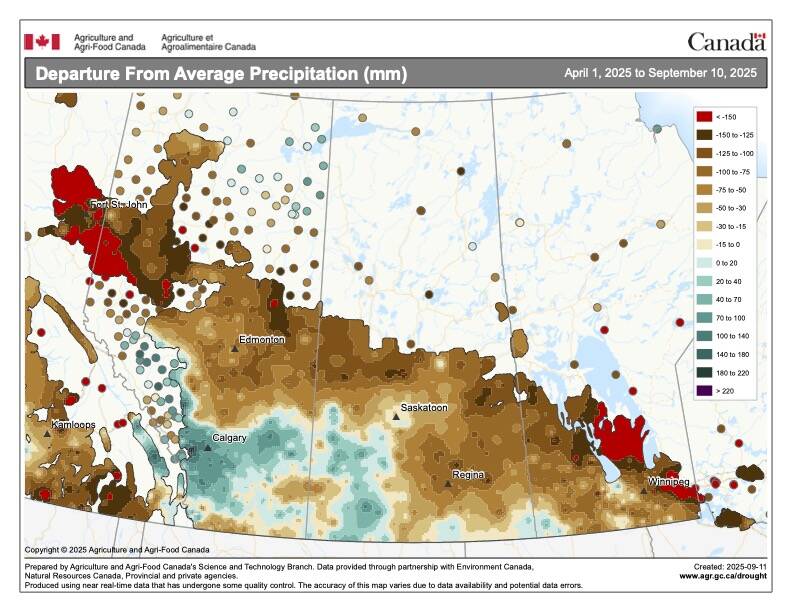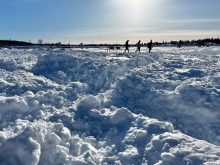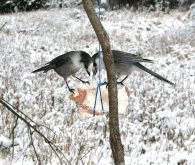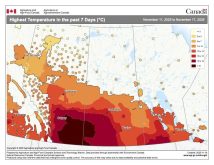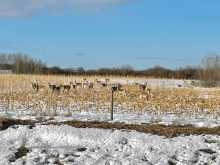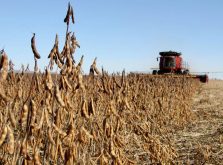Every now and then I’ll see an article somewhere like the Old Farmer’s Almanac which talks about the folklore around weather. Whether the coming winter might be a harsh or mild one is a particular topic of interest.
What these articles never delve into, however, is whether there’s actually any scientific basis or fact to back up the traditional takes.
I thought it might be fun to take a closer look at some of these signs and try to dissect them a little bit to see if they are or can be used to predict future weather.
Read Also

New ranking elevates Assiniboine College to national research elite
Brandon’s Assiniboine College is 47th in a national ranking measuring research dollars and output at publicly funded institutions in Canada.
Fog in August, snow in winter
I have been asked about this one, or variations of it, many times. While some people truly believe in this one, I am a little more skeptical. Heavy fogs in August would result from abundant low-level moisture, usually supplied by wet ground, along with clear cool/cold nights. The clear cold nights would mean that we are in a weather pattern being dominated by arctic high pressure, which in the winter would mean cold temperatures.
Whether or not a pattern present in August would continue or develop in winter it tough to say, plus fog is often a very local event, whereas heavy snows are more widespread. In my area I do not remember any fogs in August, so I guess not much snow this winter?

Early leaf drop, lots of fruit, thick husked corn or plentiful acorns mean a tough winter
This one does not need any deciphering. Deciduous trees begin to shed their leaves when they prepare for winter dormancy. This early leaf drop can sometimes be a response to early-season cold snaps or drought conditions. However, there’s no clear scientific consensus that the timing of leaf drop directly correlates with winter severity and I have not been able to find any study on this topic.
The growth of acorns is more likely determined by current weather and by weather in the previous year. Also, like a lot of other trees that produce fruits or seeds, they tend to have bumper crop years that are then followed by one to several years of small crops. Scientists believe that acorn crops cycle between small and large crops not because of weather, but as an evolutionary response to ensure their reproductive survival. I can’t see how any of these would be able to predict a harsh winter.
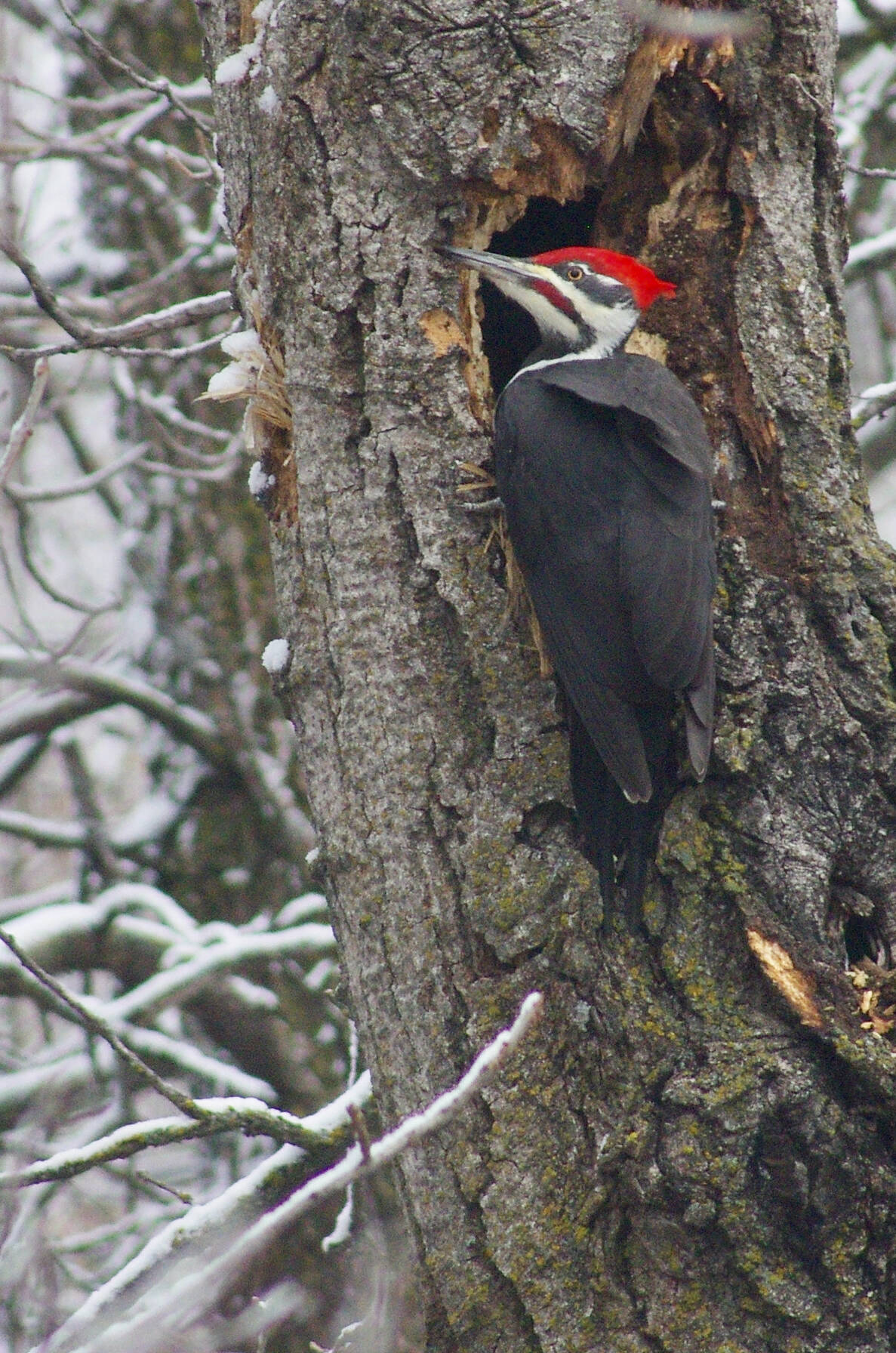
Woodpeckers sharing a tree and the early arrival of the snowy owl means a tough winter
I can’t really comment on either of these as I rarely see snowy owls, so I won’t know if they arrived earlier or not. Since they spend their summers in the far north and winter in southern parts of Canada, their early arrival could mean that conditions in northern Canada have turned less hospitable earlier than expected. Whether that will lead to colder or more severe winter in southern regions is not clear. Northern Canada can be colder than average while southern regions are warm. As for woodpeckers, your guess on that one is as good as mine. I can’t see any logical reason for that one.
Early departure of geese and ducks
Notice this one says early departure, not early arrival. From my limited knowledge and experience with watching geese, I find that they will mostly stick around as long as there is fairly good weather and a decent food supply. That means there are two variables at play here, weather and food.
If the fall weather turns bad earlier than expected, forcing the geese and ducks to leave, that might mean we are in a longer-term pattern of cold, harsh weather that could continue into the winter. If it is a food supply issue, maybe brought on by a dry summer for example, the geese might leave early but that would not be linked to a possible harsh winter.

Active animals in the fall mean a mild winter
Again, this one does not need any deciphering. Some animals, such as squirrels and deer, may appear to be more active during the fall as they prepare for winter, storing food or growing thicker coats. Often this is linked to mild temperatures that not only allow for an extended growing season, giving animals a chance to do more foraging and for humans to get out into nature to observe it. In reality, animal behavior is more likely influenced by the availability of food rather than an indicator of upcoming winter severity.
A ring or halo around the moon or sun means numerous snowfalls
If we are seeing this phenomenon in the late fall or early winter, then I would have to agree that it might mean we will be seeing at least some harsh weather ahead. Rings or halos around the Sun or Moon are usually the result of ice crystals in the upper atmosphere. These ice crystals usually come from the moisture within a storm system and will spread out ahead of the storm by one to several days. So a ring or halo around the Sun or Moon could mean that a storm is coming (the storm could also miss us). Whether or not that means the whole winter will be harsh is questionable.
How high the hornet’s nest will tell how high the snow will rest
Since hornets and wasps both fall into the same insect family, I think we can use the same criteria on wasp nests. This falls into the same idea as plants and animals predicting future weather (seasons ahead). The last time I discussed this particular folklore I found a giant wasp nest about 20 feet in a tree. Fortunately, we did not see 20 feet of snow that winter. So far this year, the only large wasp nest I found was about one foot off the ground. I guess that means not much snow this year, or maybe it is backward, and we will see a lot of snow!

If the winter starts with a mild November, December will be severe
I have heard this one a couple times over many years. Thinking back, one year in particular comes to mind and that was 1986. I remember working at a company cutting grass and we were called out to cut a large property in early November, due to the nice weather. One week later a big snowstorm hit with upwards of 30 cm falling. Trouble was, December of that year was not particularly severe, in fact it was pretty nice.
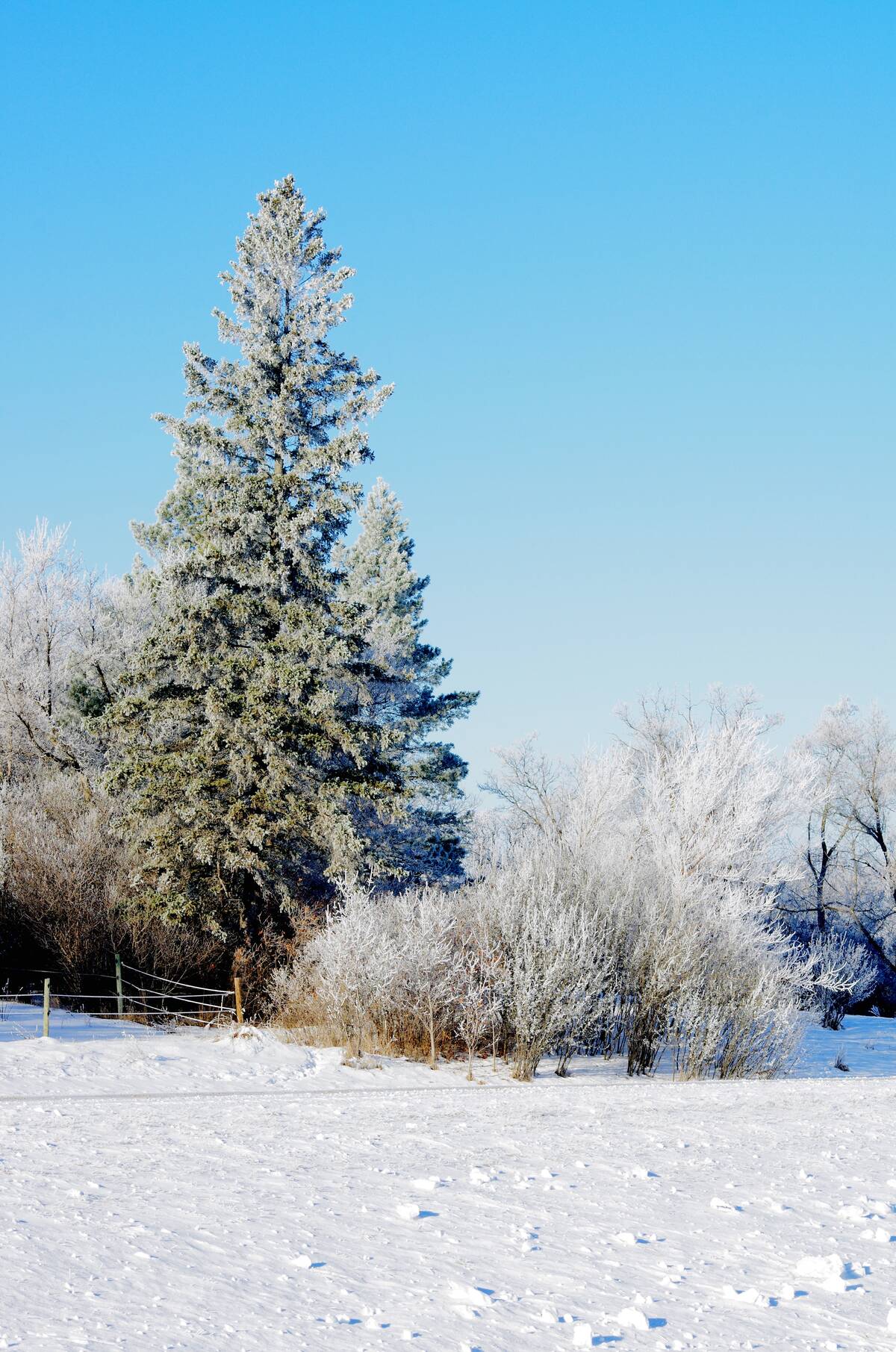
This folklore might be tied to the common weather idea that over time temperatures and precipitation will average out. If you had a period of above average temperatures, at some point colder than average will move in. That would average out the temperatures over the long term. Once upon a time this was mostly true, lately we are seeing less colder temperatures averaging out the warm temperatures.
Later this fall we’ll take a look at some interesting Indigenous pieces of winter weather folklore.
